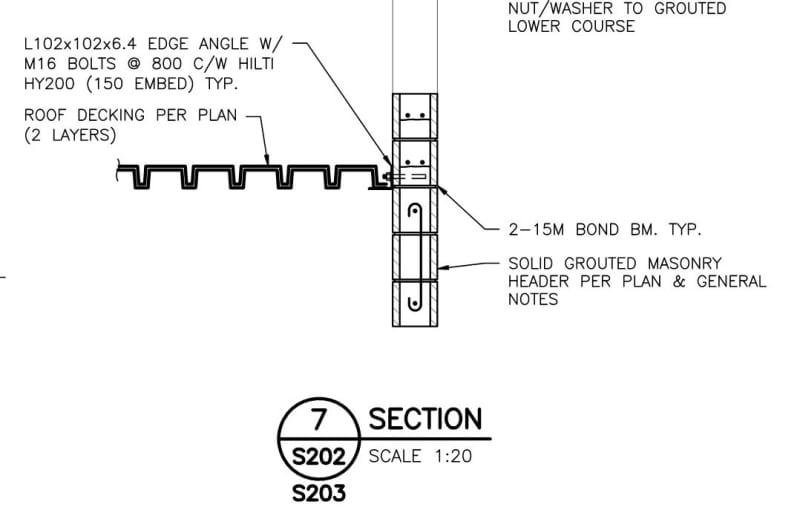Brad805
Structural
- Oct 26, 2010
- 1,517
We had a request to prepare the shop drawing layout for roof decking. The EOR has a unique design I have not seen where they indicate to stack roof deck in a snow drift zone in lieu of using an appropriate product or adding a interior bearing member. I opted not to get involved, but I am curious to hear others opinion of such a detail. It seems crazy without load testing to show how the sheets might load share, but maybe not?
Detail:

Detail:


![[bigsmile] [bigsmile] [bigsmile]](/data/assets/smilies/bigsmile.gif)